Impressions of Kien Trung, Thai Hoa
During the recent April 30 and May 1 holidays, Hue became a prominent destination on the Vietnamese tourism map. In just two days of the holiday, the Hue Heritage Site welcomed nearly 48,500 visitors. On May 1 alone, there were more than 30,000 visitors, of which 2,682 were international visitors, with revenue from tickets and services of more than VND4.1 billion.
The surprise and excitement of tourists when visiting and experiencing the relics such as Thai Hoa Palace, Kien Trung, Hai Van Quan... which have just been restored and embellished is a testament to the strong revival of Hue heritage. The golden glory of the past is gradually being recovered, creating a deep impression in the cultural experience journey of the public, people and tourists.
Kien Trung Palace restored from almost completely lost ruins |
Kien Trung Palace, one of the special structures in the Imperial City, is a clear demonstration of heritage revival. Almost completely destroyed after 1945, the Hue Monuments Conservation Center began rebuilding the structure in 2019 with a total budget of 123 billion VND. On the nearly lost foundation, a team of experts restored the palace in a unique Asian-European architectural style, originally built by King Khai Dinh in 1921.
“Hue not only restores relics but also revives an entire historical and cultural space, with perseverance, a spirit of cooperation and a desire to preserve the quintessence of national values.”
Mr. Hoang Viet Trung, Director of Hue Monuments Conservation Center
The project was completed on the occasion of the Year of the Dragon and became the main stage for the Hue International Arts Festival 2024. Many visitors could not hide their amazement at the ancient and luxurious beauty of the majestic and splendid palace in the middle of the Hue Royal Palace. "It is hard to believe that the palace that was almost completely destroyed has now been fully restored with such overwhelming splendor and magnificence. I hope that other works in the Imperial City such as Can Chanh Palace and Dai Cung Mon will also be revived like that one day," said tourist Nguyen Toan (residing in Phong Dien, Hue).
Along with Kien Trung Palace, Thai Hoa Palace - the center of power of the Nguyen Dynasty - is also an important highlight in terms of restoration and embellishment. Built in 1805 under King Gia Long, Thai Hoa Palace was where 13 Nguyen Kings were crowned and held court. The building stands out with its "multi-layered" architecture, yellow glazed tile roof, gilded lim wood columns, and elaborate dragon and dragon carvings, representing the pinnacle of Nguyen Dynasty fine arts.
Faced with the state of degradation, the Thai Hoa Palace restoration project started in November 2021, with a budget of more than 128 billion VND, focusing on preserving the original architecture, colors, materials and patterns. A team of experts meticulously restored each structure using ironwood, lacquer, and gold, etc., recreating the magnificent and majestic space. The project was completed on November 23, 2024, becoming the central tourist attraction of the Imperial City, as well as a space to recreate royal court ceremonies, reviving the historical and cultural values of the ancient capital.
The historic handshake
On December 19, 2021, on the misty top of Hai Van Pass, a historic moment took place when leaders of Hue and Da Nang beat drums and gongs to start the restoration of Hai Van Quan relic, once known as the most majestic pass in the world.
Once separated by administrative boundaries, the Hai Van Quan relic site has been neglected and seriously degraded for decades. Although it was ranked as a national relic in 2017, it was not until 2020 that Hue and Da Nang agreed on a restoration plan. The structure was built in 1826 under the Minh Mang Dynasty and was once a fortress guarding the southern gateway to the Hue Imperial City.
Ngo Mon relic - main gate of Hue Imperial City |
The restoration work is led by the Hue Monuments Conservation Center, in the 2021-2024 period, with a budget of more than 42 billion VND from the budgets of Hue and Da Nang (50% each). The conservation work respects the original elements, preserving traces of time.
On August 1, 2024, Hai Van Quan relic site will officially open to visitors free of charge after months of painstaking restoration. Mr. Nguyen Thanh Binh, Vice Chairman of Hue City People's Committee, expects: "Hai Van Quan is a gold mine of tourism if exploited effectively. This historic handshake between the two localities is to revive this precious relic site."
In 2025, the projects to restore Can Chanh Palace, Tu Duc, Minh Mang, Thieu Tri Tombs, Nam Giao Altar, and Thai Mieu will continue to be implemented, promising to bring a new look to the heritage site. Conservation work in Hue is carried out systematically according to UNESCO regulations and Vietnamese law. By mid-2025, more than 200 relics have been restored with a budget of thousands of billions of VND from the budget, international cooperation, socialization, and the Hue Heritage Conservation Fund.
Source: https://tienphong.vn/hue-luon-moi-bai-6-vang-son-tim-lai-post1750044.tpo



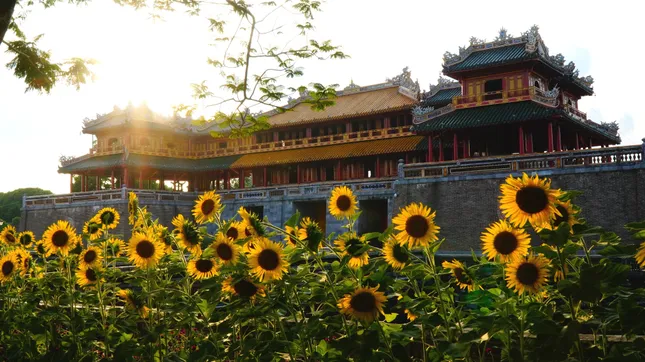
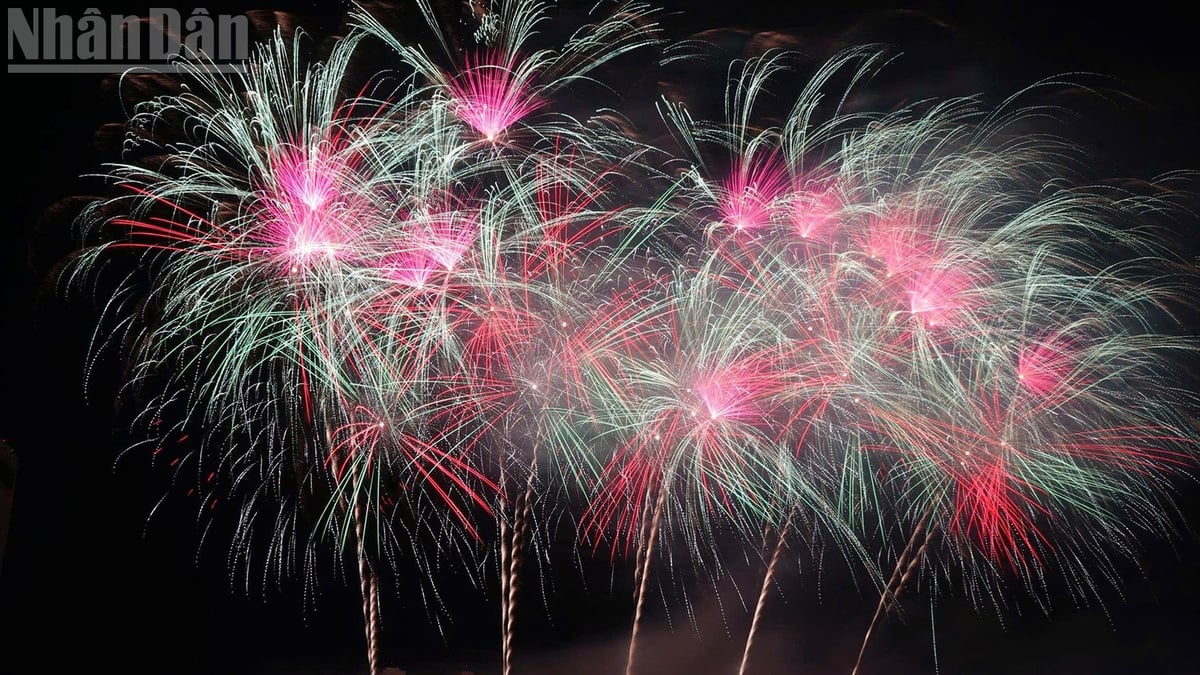
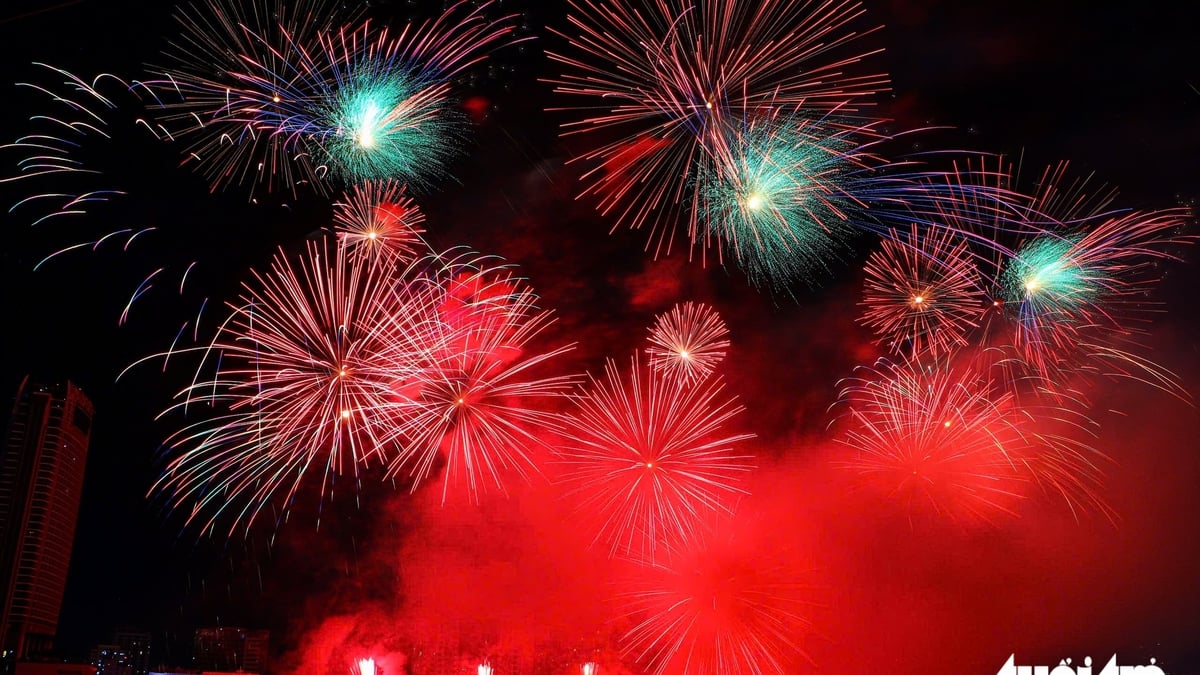




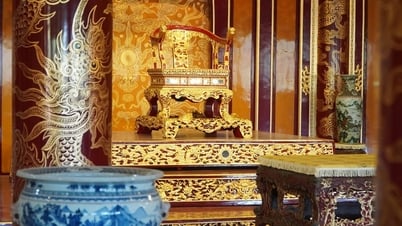

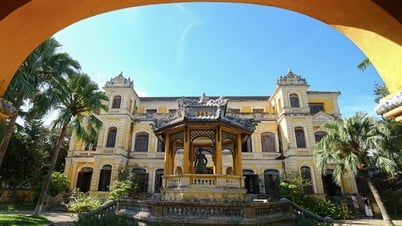

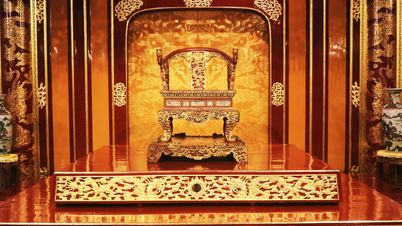

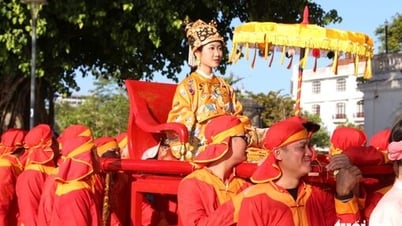




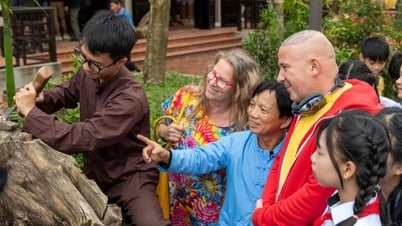






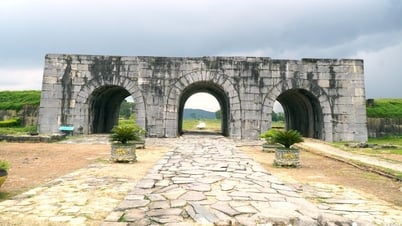




































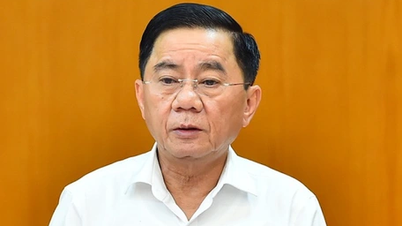

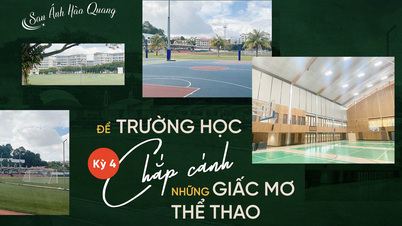


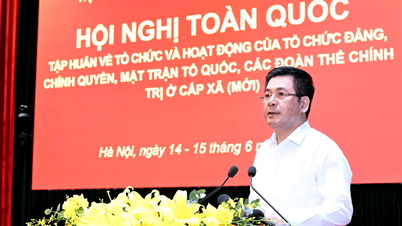





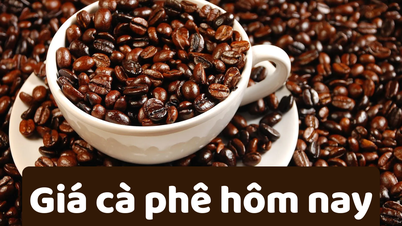






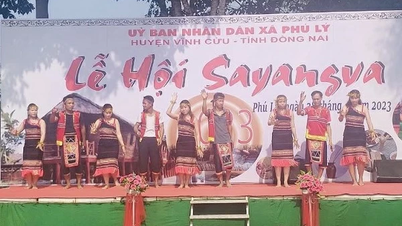













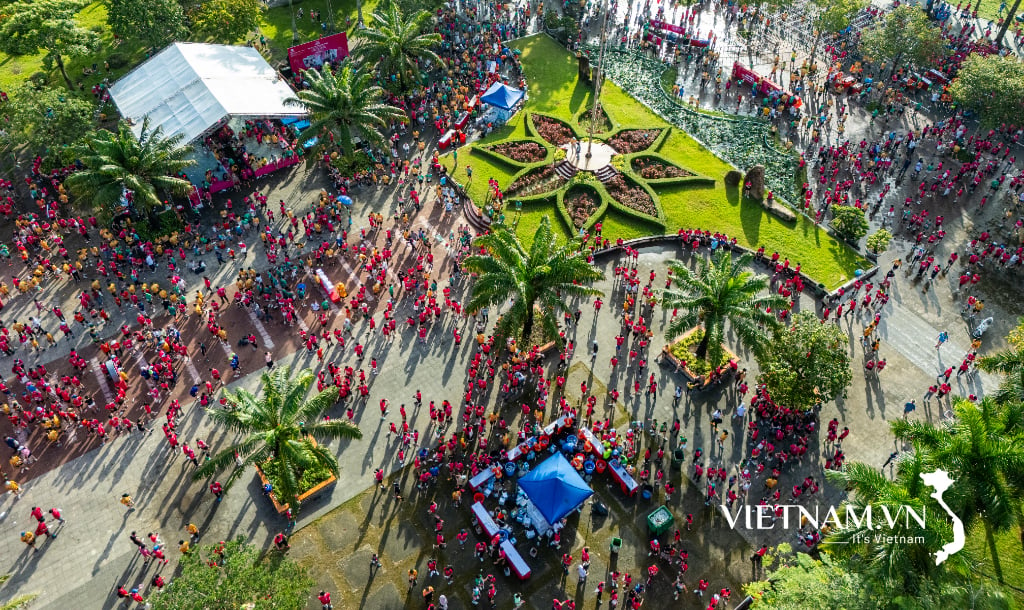

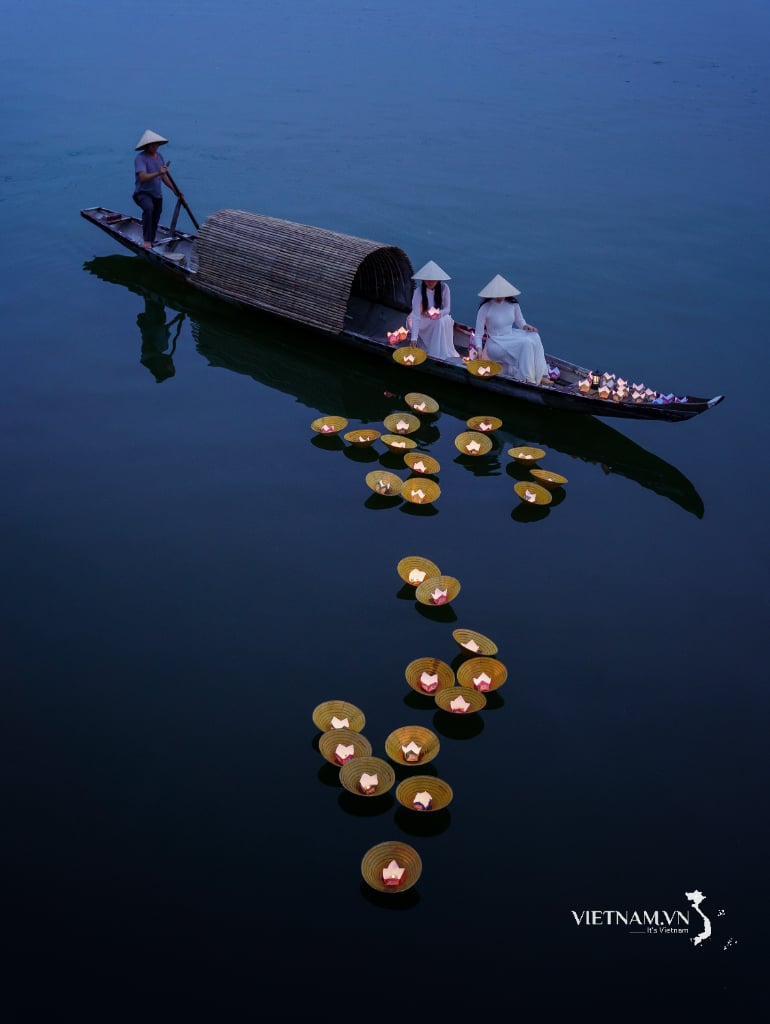

Comment (0)